How to Choose the Right Pet Dry Food Packaging Bags for Your Brand
When it comes to establishing a successful pet food brand, the choice of packaging plays a crucial role, particularly for Pet Dry Food Packaging Bags. These bags are not only vital for preserving the quality and freshness of the pet food but also serve as a key marketing tool that attracts pet owners. As more brands vie for attention in a competitive market, selecting the right packaging that reflects your brand's values and resonates with your target audience is essential. This guide will explore various factors to consider when choosing Pet Dry Food Packaging Bags, including material, design, functionality, and sustainability. By understanding these elements, you can make informed decisions that enhance your product's appeal while ensuring it meets the practical needs of both pet owners and their beloved companions.
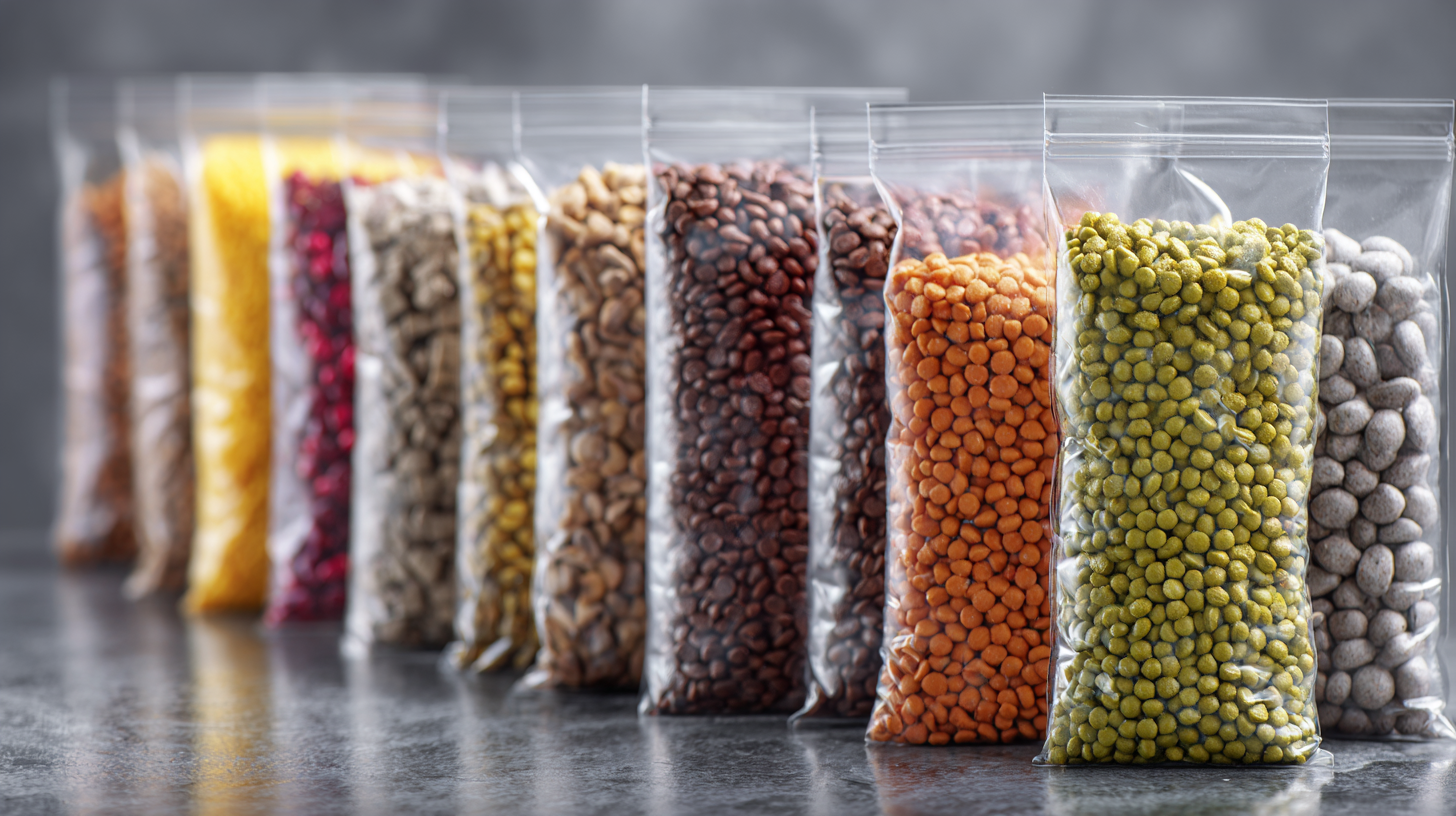
Understanding the Importance of Packaging in Pet Food Branding
In the rapidly expanding pet care market, projected to reach a staggering $259.37 billion by 2024, packaging plays a crucial role in branding pet food. As companies innovate within the packaging sphere, the need for engaging and memorable consumer experiences becomes paramount. With trends leaning towards smart and interactive packaging, brands are not only focused on functionality but also on creating a lasting impression in the minds of pet owners.
Packaging is no longer just a means to protect the product; it serves as a vital touchpoint in the consumer's journey. The expectations for pet food packaging have evolved to encompass not only the basic protective functions but also features such as convenience, sustainability, and aesthetic appeal. In today's competitive market, brands that leverage innovative packaging solutions can significantly enhance their visibility and connection with consumers, driving growth in a sector that continues to thrive and expand.
Understanding Pet Food Packaging Trends
Key Materials Used in Pet Food Packaging: Pros and Cons
When selecting materials for pet food packaging, it’s crucial to weigh the pros and cons of each option to ensure product integrity and appeal to consumers. One popular choice is plastic, known for its lightweight and durable qualities. Polyethylene and polypropylene are commonly used, providing excellent moisture protection. However, plastic packaging can raise environmental concerns, as it is not biodegradable and can contribute to pollution.
Another material to consider is paper or cardboard, which offers a more eco-friendly alternative. These materials are recyclable and biodegradable, appealing to environmentally conscious consumers. However, they may not provide the same level of barrier against moisture and oxygen as plastic, potentially leading to reduced shelf life for the product. Additionally, bags made from paper can require a plastic lining to enhance durability, complicating the recycling process.
Foil-based packaging is also an option, particularly for preserving freshness. Aluminum foil bags offer a strong barrier against light, moisture, and oxygen, ensuring the food remains fresh for an extended period. However, while they excel in preservation, foil bags can be more expensive to produce and are less sustainable than paper options, which may deter some brands and consumers focusing on sustainability.
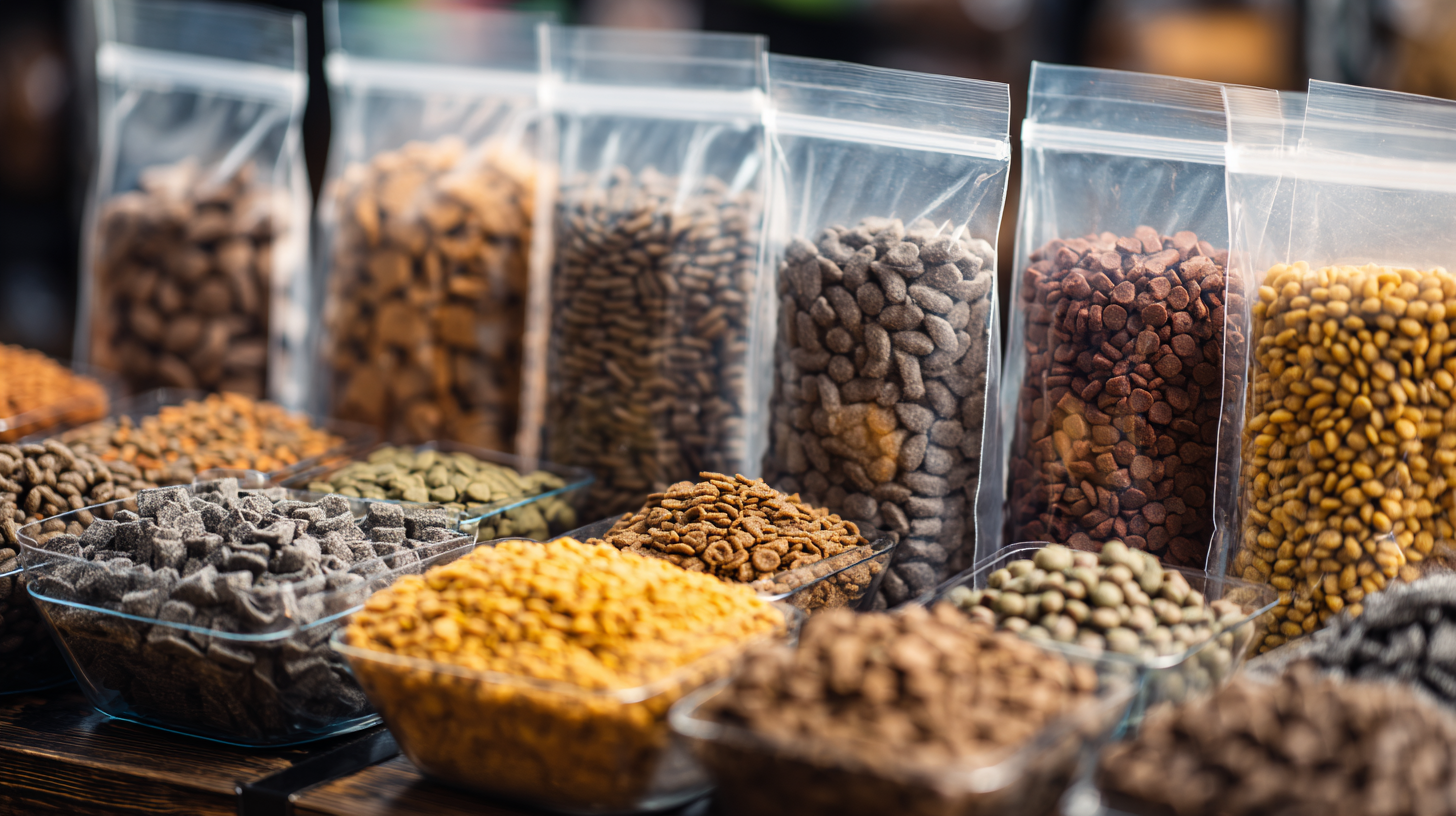
Design Elements to Enhance Your Pet Food Packaging Appeal
The pet food industry is experiencing a surge in innovative and smart packaging solutions that are reshaping market trends. Brands are increasingly recognizing the need to provide compelling and memorable experiences for both pets and their owners. According to Dieline's 2024 trend report, 16 key trends have emerged in packaging design, emphasizing the integration of interactive elements. These innovations not only appeal visually but also foster deeper connections with consumers by addressing the emotional aspect of pet ownership.
For example, the recent introduction of cat-themed packaging that doubles as a cozy hideaway has captured widespread attention, highlighting how brands can engage pet enthusiasts more effectively. Leveraging such playful designs not only enhances a product's shelf presence but also transforms mundane packaging into an experience that resonates with the “fur baby” mentality prevalent among pet owners. With an estimated annual growth rate of 4.5% in the pet food market, brands that prioritize engaging packaging are likely to find themselves at a significant advantage, creating lasting impressions in a competitive landscape.
Sustainability Considerations in Pet Food Packaging Choices
When selecting pet dry food packaging bags, sustainability should be a pivotal consideration. As consumers become increasingly environmentally conscious, brands must adapt by choosing materials that reduce their ecological footprint. Opting for biodegradable or compostable materials can significantly enhance a brand's green image. These options not only minimize waste but also appeal to pet owners who prioritize eco-friendly practices in their purchasing decisions.
In addition, the design and production processes of packaging play a crucial role in sustainability. Brands can look for suppliers who utilize recycled materials or implement energy-efficient practices in manufacturing. Moreover, lightweight packaging not only lowers transportation emissions but also reduces the overall material used. By prioritizing sustainable packaging options, pet food brands can contribute to environmental conservation while fostering loyal customer relationships founded on shared values.
Regulatory Compliance: What You Need to Know for Pet Food Bags
When selecting packaging bags for pet dry food, one of the foremost considerations is regulatory compliance. Different regions have specific regulations governing pet food labeling and packaging materials, ensuring that consumers receive safe and accurate product information. Understanding these regulations is crucial for preventing legal issues and maintaining your brand’s reputation. In the United States, for instance, the FDA requires that pet food packaging include a guaranteed analysis, ingredient list, and feeding instructions, along with contact information for the manufacturer or distributor.
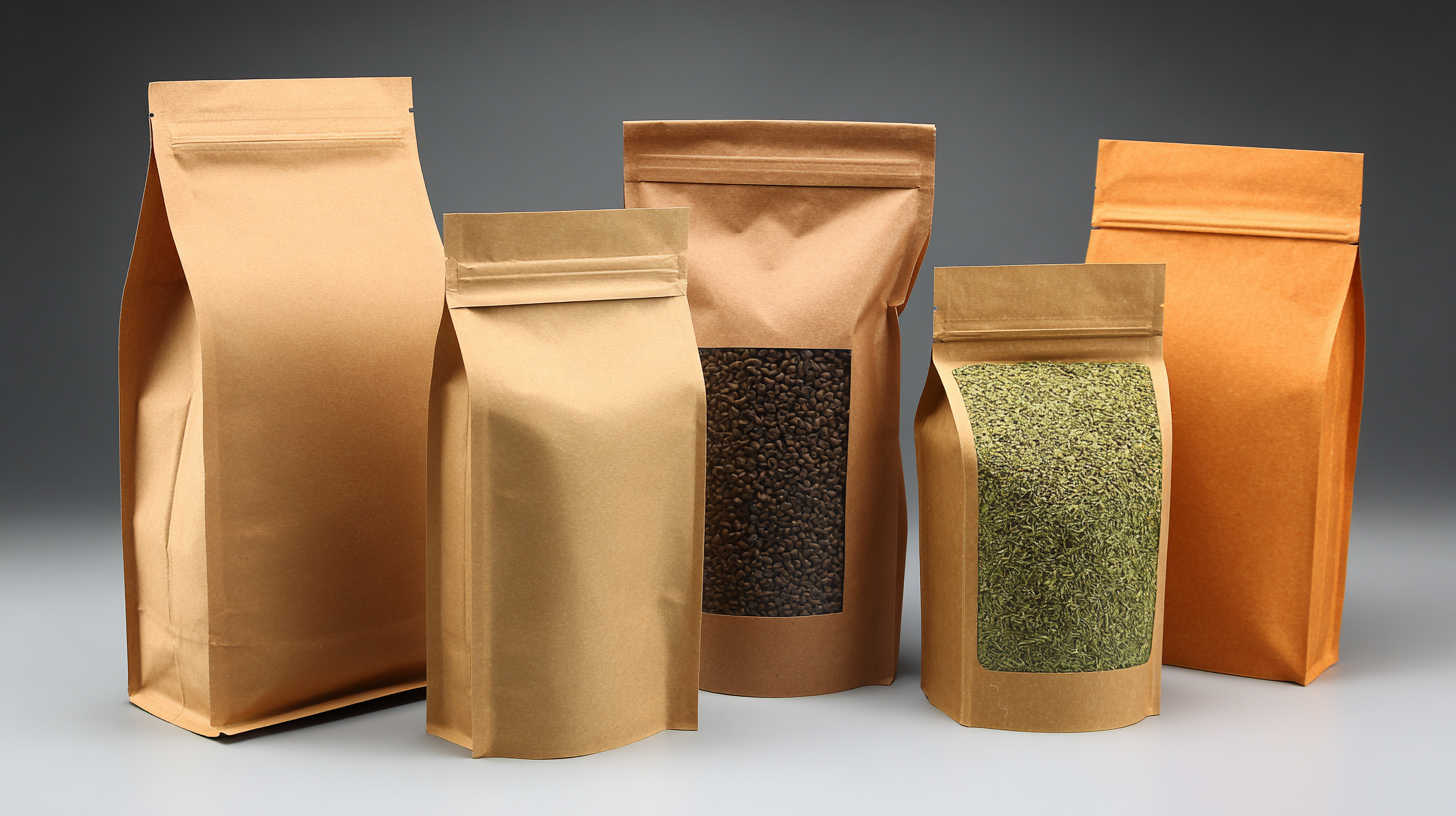
In addition to content requirements, it's essential to consider the materials used in packaging. Regulations may dictate that certain substances cannot be in contact with pet food due to safety concerns. Brands must choose packaging that is not only compliant with existing laws but also protects the product from contamination and spoilage. Conducting thorough research on the legal obligations in your target markets will help ensure that the packaging choices align with compliance standards while effectively presenting your brand’s commitment to pet health and safety.
Related Posts
-

Ultimate Guide to Choosing the Perfect Pet Food Spout Packaging Bag for Your Business Needs
-
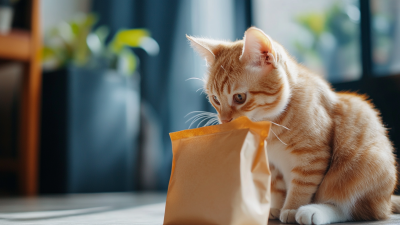
What Makes Pet Food Spout Packaging Bags the Best Choice for Your Brand?
-
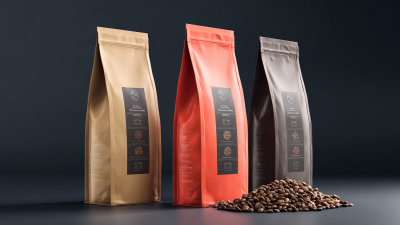
How to Choose the Best Pet Food Spout Packaging Bag for Your Brand's Success
-
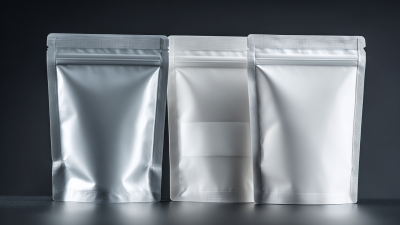
How to Choose the Best Retort Pouches for Food Packing Needs
-
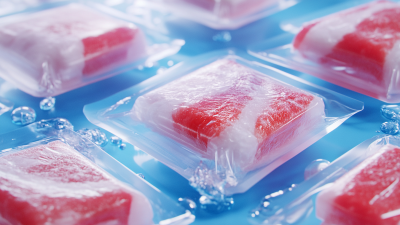
The Emerging Trends in Frozen Seafood Packaging for Global Buyers
-

Unlocking the Advantages of Plastic Roll for Food Packaging that Elevate Shelf Life and Safety

 中国
中国